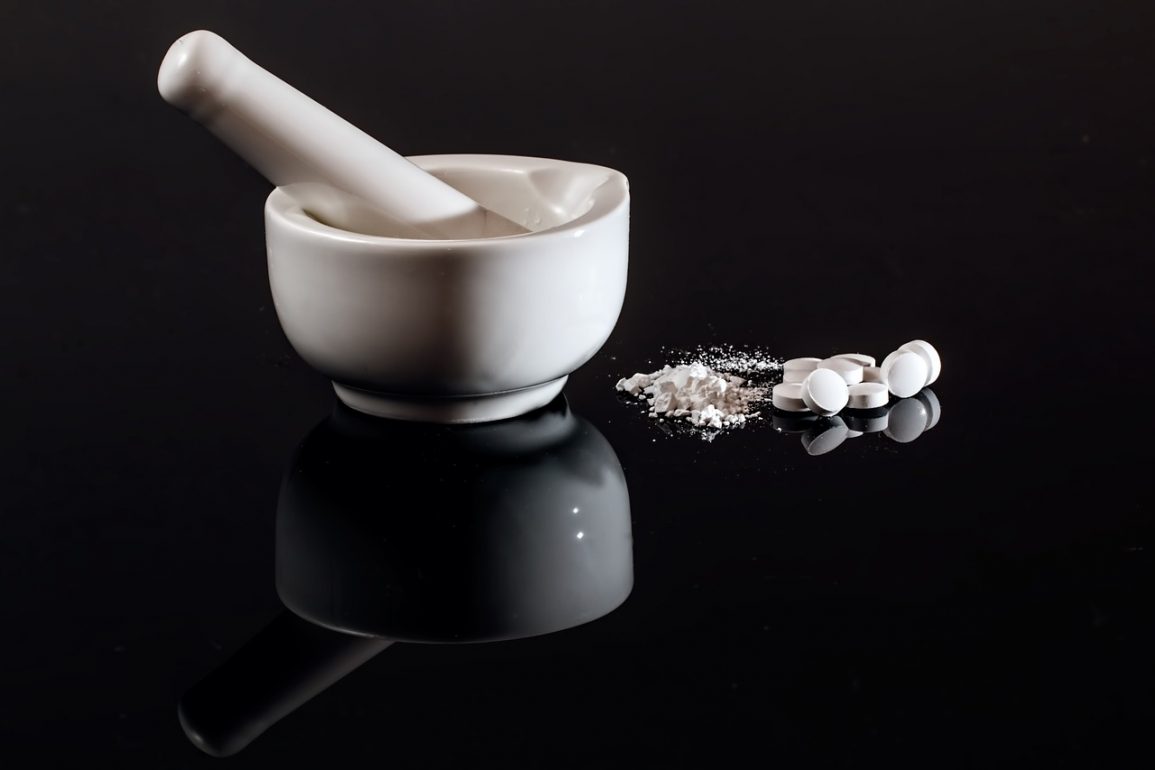How To Achieve Compliance In New Pharmaceutical Product Development – The pharmaceutical landscape is constantly evolving, which means that there is pressing demand to not only pioneer groundbreaking medicines but to also ensure that they meet the rigorous compliance standards set by various authorities. Achieving compliance in new pharmaceutical product development isn’t just about ticking boxes. It’s about safeguarding patient health, improving communication with patients, upholding the reputation of the industry, and fostering trust in modern medicine. As any professional in the pharmaceutical sector will attest, non-compliance is not an option. With this in mind, we’ve decided to focus on a few key steps that you can take to ensure that your new drug development achieves compliance and everything runs smoothly from start to end.
Understand And Stay Updated With Regulatory Guidelines
Central to any pharmaceutical development process is a deep understanding of the regulatory guidelines in place. Regulatory bodies, such as the MHRA in the UK, regularly update their guidelines based on new findings, technological advancements, and feedback from the industry. Staying abreast of these changes is fundamental to achieving compliance. There are a few things that you may want to do to stay ahead of the curve, such as attending periodic training sessions, as well as relevant seminars, and subscribing to updates and news from these regulatory bodies.
Integrate Extractables And Leachables Testing
A crucial aspect of drug safety and compliance revolves around understanding the potential risks associated with drug packaging and delivery systems. For example, it might be a good idea to carry out extractable and leachable studies. An E&L study from Broughton Group can assist you across all the stages of a drug product development cycle. This will be key when it comes to protecting a patient’s health and well-being, as well as meeting regulatory compliance. Moreover, E&L studies employ a wide range of analytical techniques to ensure that all potential leachable is detected as soon as possible. The scientific experts at Broughton Group will also conduct a risk assessment to address all relevant areas of concern regarding the project.
Take A Risk-Based Approach
In the contemporary pharmaceutical domain, adopting a risk-based approach to product development has become an essential strategy. This involves identifying, evaluating, and prioritising potential risks throughout the development lifecycle. By using a structured methodology, companies can address and mitigate the most significant threats to compliance and patient safety. Furthermore, a risk-based approach offers a clearer picture for decision-making, ensuring resources are allocated where they’re most needed and ensuring a higher likelihood of regulatory approval.
Foster Transparent And Timely Communication
Open channels of communication, both internally within teams and externally with regulatory bodies, can make a world of difference. Promptly addressing queries from regulatory authorities, sharing relevant data without hesitation, and actively seeking feedback can streamline the approval process. Moreover, fostering a culture of open dialogue within teams ensures that potential compliance issues are flagged early, allowing for timely intervention and resolution.
Achieving compliance in new pharmaceutical product development is a nuanced journey, combining rigorous scientific research with meticulous attention to regulatory standards. Remember that it’s going to be a continuous process that demands attention, dedication, and, above all, a commitment to patient wellbeing.
Poppy Watt


